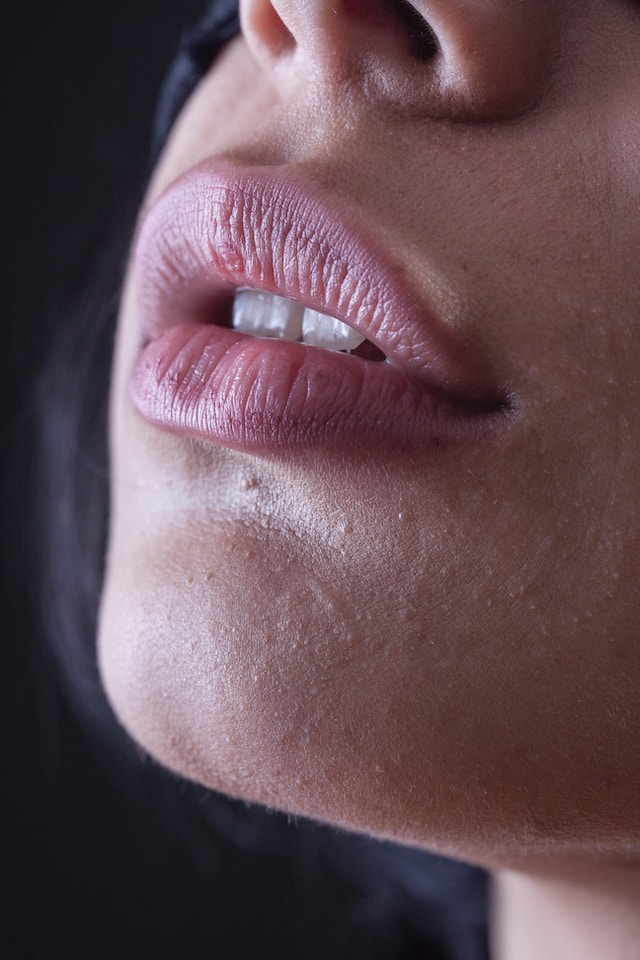In some cases, treatment of OCD can be very effective when therapy is combined with medication. Both therapies aim to change the brain’s chemical composition, resulting in a reduction in symptoms. The effectiveness of therapy is not in question, but there are certain risks associated with both. Therefore, before you begin any treatment, it’s important to understand the goals and risks of each treatment. OCD is best treated with a combination of therapy and medication. Listed below are the advantages and disadvantages of both therapy and medication for treating OCD.
Side effects
Selective serotonin reuptake inhibitors (SSRIs) are among the most common medications prescribed for the treatment of OCD. While many of these medications have a low risk of severe side effects, some can have adverse reactions. One example of an SSRI is Anafranil. Both of these drugs are effective at treating symptoms of OCD but may have side effects that make them ineffective. If you are considering taking an SSRI for the treatment of OCD, consult your doctor to learn about the side effects of each one.
Some antidepressant medications are associated with serious side effects, including increased suicidal thoughts and behaviors. To reduce these side effects, you should work with your physician and monitor any changes in your condition and medications. If you notice a serious side effect, seek medical care immediately. In addition, before starting an SSRI for treating OCD, inform your doctor of any other medications you are taking, any medical conditions you have, or whether you are pregnant or breastfeeding.
Treatment goals
The treatment goals for OCD with therapy and medication depending on the disorder type and the patient’s general health. A thorough psychosocial history should be documented, including any recent hospitalizations for related conditions and previous medication trials. Other pertinent information may include developmental, psychosocial, and socio-cultural history. A mental status examination may also be performed. Treatment should begin in a comfortable, safe environment, focusing on the patient’s physical well-being.
The most common form of treatment for OCD is cognitive behavioral therapy (CBT). Therapists may use one or several approaches, depending on the severity of symptoms and the individual’s history with treatment. In many cases, therapy is given on an outpatient basis, and positive results can be achieved within four to six months. Some patients, however, may require more intensive treatment. Regardless of the approach, a good outcome is always worth achieving.
Effectiveness
The effectiveness of treating OCD with therapy and medication depends on the individual. Sometimes, a patient can stop medication after six to twelve months, but others may need to continue low-dose medication for years or even life. If the combination treatment is effective, the chances of relapse are lower. However, in some cases, therapy alone may be sufficient for controlling symptoms. For these reasons, it is important to consider the effectiveness of therapy and medication.
Fortunately, there are now several multimodal interventions for OCD. These include weekly interactional ward groups that address alternative social skills, coping with negative emotions and normal behavior. Some facilities even have a spa or a golf course, which offer a luxurious, forward-thinking approach to rehab. Moreover, some facilities have incorporated Eastern spiritual practices into their treatment programs. Finally, in a comprehensive treatment approach, patients may undergo a combination of therapy to achieve the highest level of recovery.
Cost
The costs associated with OCD treatment are high. For example, untreated OCD can make a person late for work, miss classes, lose their college scholarship, and even become underemployed. These financial losses can be enormous. Moreover, the condition may lead to poor school and work performance, which may also negatively affect the sufferer’s quality of life. Hence, the cost of treating OCD is often a matter of choice.
The best therapy is the one that addresses the underlying fears that trigger the compulsions and obsessions. It aims to retrain the patient’s brain and thereby control the symptoms. Taking care of oneself through healthy habits such as adequate sleep and exercise can go a long way. Emotional support is also essential, so it is important to surround yourself with supportive friends and family.

 Revamping Your Bathroom Space: The Journey to Selecting the Perfect Cabinets
Revamping Your Bathroom Space: The Journey to Selecting the Perfect Cabinets  Strengthening Your Team: The Role of Background Checks in Modern Hiring Practices
Strengthening Your Team: The Role of Background Checks in Modern Hiring Practices  Keeping Your Hearth in Top Shape: The Value of Routine Fireplace Repair
Keeping Your Hearth in Top Shape: The Value of Routine Fireplace Repair  Septic Systems: Maintenance Tips for Homeowners
Septic Systems: Maintenance Tips for Homeowners 


